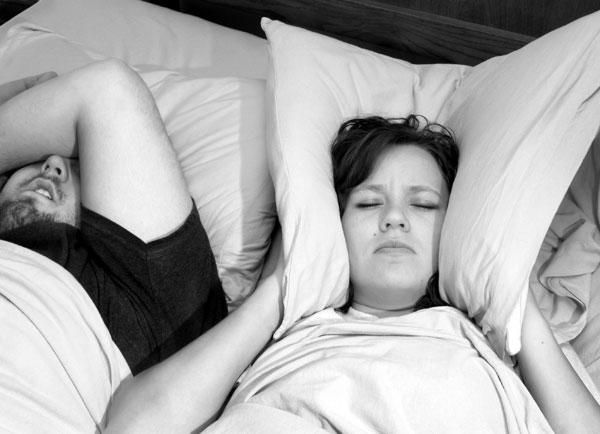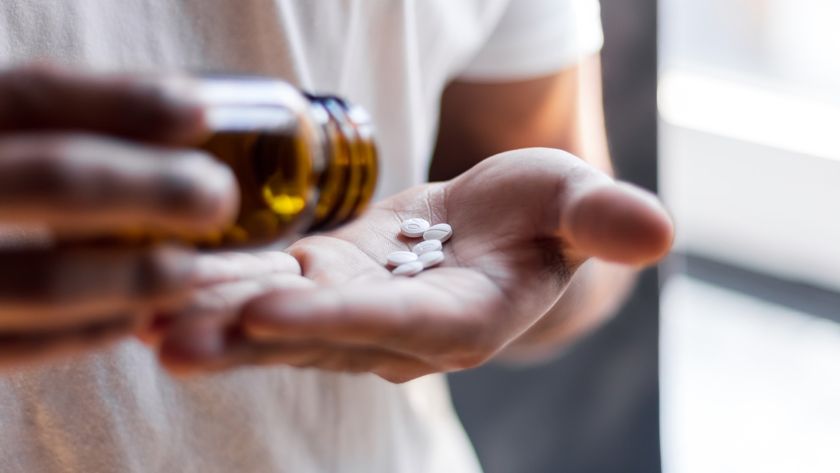Positive Airway Pressure Therapy (CPAP) May Help Sleep Apnea

Some patients with obstructive sleep apnea report improvements after beginning treatment with continuous positive airway pressure therapy. A new study in the Jan. 1 issue of the journal SLEEP provides objective evidence to support these anecdotal reports, showing that three weeks of CPAP therapy significantly reduced fatigue and increased energy in patients with OSA.
Results of the randomized controlled trial show that CPAP therapy significantly reduced self-reported, mean fatigue scores on two independent measures: from 8.76 at baseline to -0.10 post-treatment on the Multidimensional Fatigue Symptom Inventory Short Form; and from 7.17 at baseline to 4.03 post-treatment on the fatigue-inertia subscale of the Profile of Mood States Short Form. These results indicate that participants were no longer suffering from clinically significant levels of fatigue after the three-week intervention period.
Self-reported energy levels also increased after three weeks of CPAP therapy, with the mean score on the vigor-activity subscale of the Profile of Mood States Short Form increasing significantly from 14.28 at baseline to 16.52 post-treatment. Significant changes in fatigue and energy were not observed in participants who received placebo CPAP.
"This was one of the first double-blind studies of the effects of CPAP on fatigue," said lead author Lianne Tomfohr, graduate research assistant in the joint doctoral program at San Diego State University and the University of California, San Diego. "These results are important, as they highlight that patients who comply with CPAP therapy can find relief from fatigue and experience increases in energy and vigor after a relatively short treatment period."
Further analysis found that CPAP appeared to be especially beneficial for participants who were excessively fatigued or sleepy before treatment. CPAP therapy significantly reduced self-reported daytime sleepiness in this group, with their mean score on the Epworth Sleepiness Scale dropping from 13.0 at baseline to 8.9 post-treatment.
According to the American Academy of Sleep Medicine, OSA is a common sleep-related breathing disorder that affects at least two to four percent of the adult population. OSA occurs when the muscles relax during sleep, causing soft tissue in the back of the throat to collapse and block the upper airway. Most people with OSA snore loudly and frequently, and they often experience fatigue and excessive daytime sleepiness.
The treatment of choice for OSA is CPAP therapy, which provides a steady stream of air through a mask that is worn during sleep. This airflow keeps the airway open to prevent pauses in breathing and restore normal oxygen levels.
Sign up for the Live Science daily newsletter now
Get the world’s most fascinating discoveries delivered straight to your inbox.
Tomfohr and a team of UCSD researchers studied 59 adults with a mean age of 48 years.
Overnight polysomnography in a sleep lab confirmed that each participant had OSA, which was defined as having an apnea-hypopnea index (AHI) of 10 or more partial reductions (hypopneas) and complete pauses (apneas) in breathing per hour of sleep.
Participants were randomly assigned to receive either therapeutic CPAP or placebo CPAP, and they returned to the sleep lab for a night of either CPAP titration or mock titration. Participants were trained on the use of the equipment and instructed to use it at home each night for three weeks. Questionnaire data were obtained prior to study randomization and after the three-week intervention period.
The mechanisms that underlie the observed changes in fatigue are unclear, the researchers note. They speculate that CPAP may impact fatigue in patients with OSA by reducing inflammation, noting that increases in inflammatory markers in OSA patients have been related to elevated fatigue.
The study was supported by the National Institutes of Health through the National Heart, Lung, and Blood Institute; National Institute on Aging; and National Center for Research Resources.












